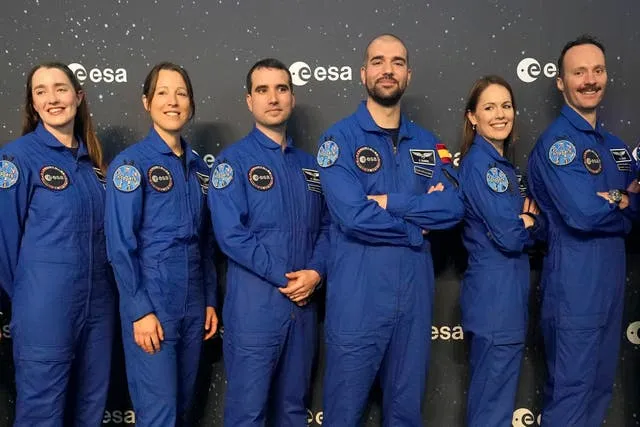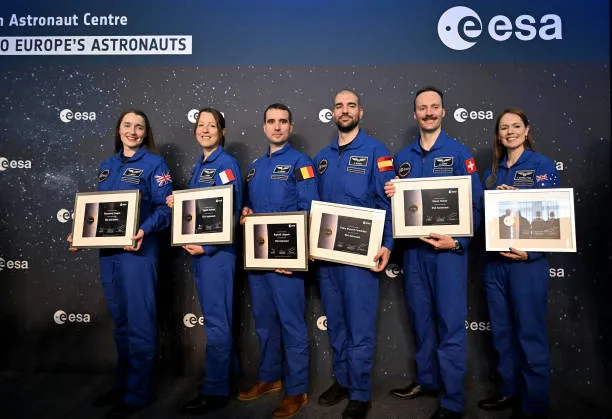The European Space Agency’s (ESA) Euclid space telescope, designed to unravel the mysteries of dark matter and dark energy, has overcome a major hurdle during its commissioning phase. Issues with its Fine Guidance Sensor (FGS) have been resolved, allowing the telescope to lock onto guide stars and ensure precise navigation. After uploading a new software version, the navigation system is now functioning as intended, and the telescope has successfully found its guide stars during a 10-day testing period.
The Euclid telescope is stationed at Lagrange point L2, around 1.5 million kilometers from Earth, where it will spend the next five years studying the dark universe. To achieve this, it will observe the entire night sky, measuring the shapes of galaxies and creating a 3D map of dark matter across the universe. This requires extremely high accuracy, which is why the FGS plays a crucial role in the telescope’s operation.
Prior to the software update, the FGS was intermittently losing its lock on guide stars, resulting in star trails that appeared distorted and irregular. This necessitated a replanning of the telescope’s software to ensure accurate navigation. Thales Alenia Space and Leonardo, the industrial partners responsible for the FGS, worked tirelessly to develop a new approach, which was then uploaded to the spacecraft and tested extensively.

The European Space Agency
The new software patch has resolved the issues, and the starfield images captured by Euclid should now be sharp and accurate. The Euclid spacecraft operations manager, Micha Schmidt, praised the effort, stating that the new software was developed in record time and successfully tested under real-flight conditions. With this accomplishment, the spacecraft is now ready to move onto the final phase of commissioning before beginning its science operations.
The Euclid telescope’s primary objective is to study dark matter and dark energy, which are hypothesized to make up approximately 95% of the universe’s content. Dark matter is thought to be an invisible form of matter that does not interact with light, while dark energy is a mysterious force driving the acceleration of the universe’s expansion. By observing the entire night sky and measuring the shapes of galaxies, Euclid will create a 3D map of dark matter, shedding light on the nature of these mysterytic entities.
The spacecraft’s journey has not been without challenges. During its ascent to its final orbit, Euclid encountered issues related to its propulsion system, necessitating a corrective maneuver to ensure its stable arrival at Lagrange point L2. Despite these hurdles, the team has persevered, and the telescope is now primed for its scientific mission. As it sets out to unravel the mysteries of the dark universe, Euclid will provide valuable insights into the nature of reality, redefining our understanding of the cosmos and its many secrets.









































